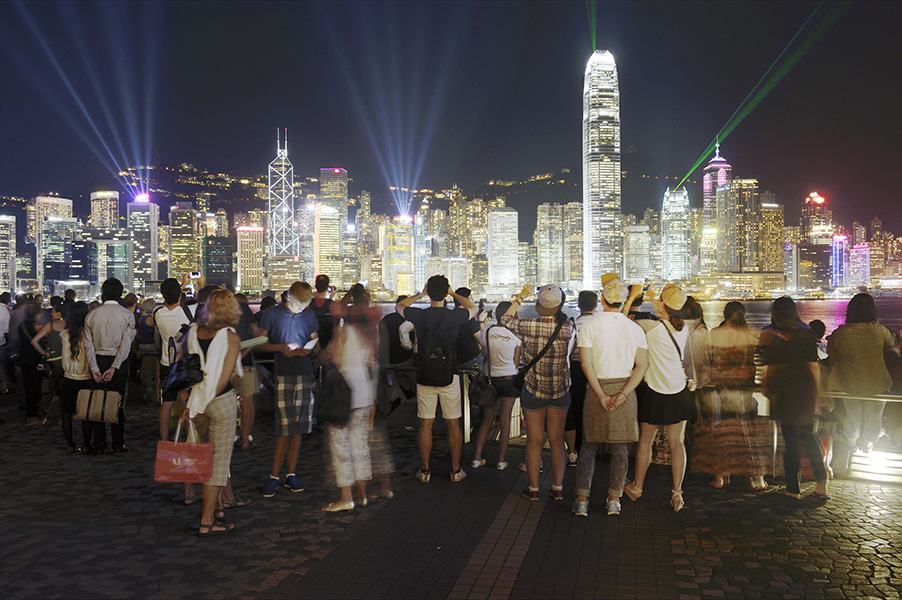Starchitecture
Starchitecture
“In Starchitecture I have investigated the relationship that actually exists
between each work of architecture and the place in which it is located,
showing the building in use, the city inhabited by different populations
at different times of day and night, and the variety of the urban landscapes
that result. This enables comparison between the landscapes of cities
in different parts of the world and reveals the distinctive aspects of buildings
even as they follow similar sculptural forms or share similar skins or are
designed by the same architect.
In terms of form and image, buildings (and skyscrapers especially) tend to repeat
themselves across very different and distant places, appearing to create a sort
of single undifferentiated place that is rootless and estranging, what has been
characterized with the oxymoron “placeless geography”. Taken as a whole and
observed in sequence, these spectacular landscapes seem to closely resemble
one another. But a closer examination of pairs or groups of them reveals that,
despite a studied exuberance they tend to share, they are not at all the same,
because context matters.
I process what I find in the field in a heuristic, intuitive, and analogical manner.
It is a more holistic practice as opposed to the conventional representation of
architecture, which generally tends to illustrate solely the formal aspects of a
building and to reproduce the idea of whoever has realized and promoted it.
My perspective also differs from the didactic and illustrative use of images typical
of academic writing. In contrast to both, photographs for me are a genuine “text,”
or rather a layering of texts, that concern not just architecture and city planning,
but other social dimensions as well. Just like a text, a sequence or montage of
photographs can propose a thesis and have programmatic value. But it is an open
program in which the argument does not take the form of a classical syllogism. It is
never a question of arriving at a conclusion that will reduce the complexity of the
phenomena observed to unity, but instead it makes that complexity apparent through
the suggestion of alternative interpretations. So the photographs and images
presented here should be seen as an investigation of imagery that, intersecting
with other areas of research, brings up topics and raises questions”.
This series derives from a long term and ongoing collaboration with Davide Ponzini.
It has been published in the book Ponzini, Nastasi “Starchitecture. Scenes, Actors,
and Spectacles in Contemporary Cities” (Allemandi: Torino 2011; second revised
and expanded edition The Monacelli Press: New York 2016; new Italian edition
Hoepli: Milano 2019 ).

